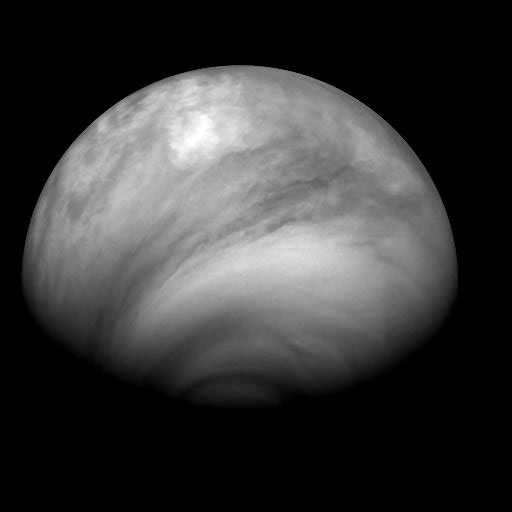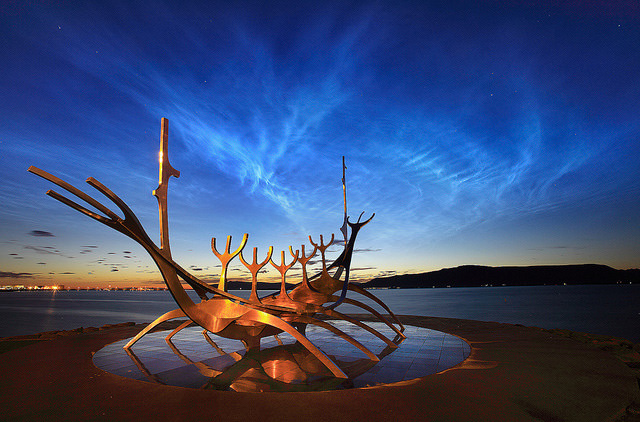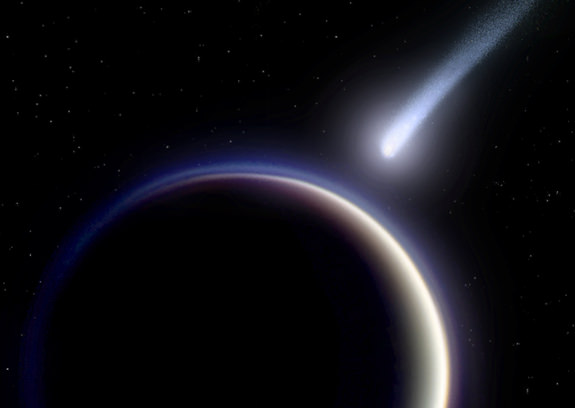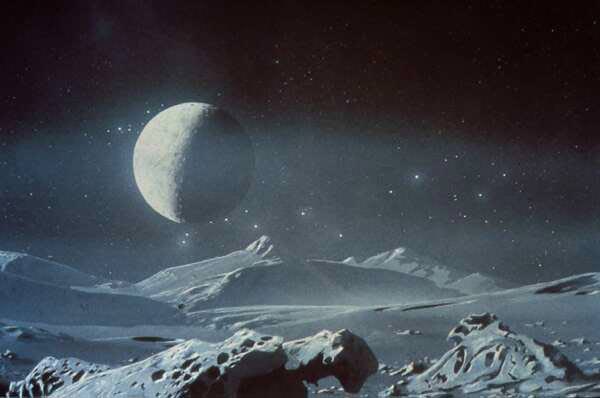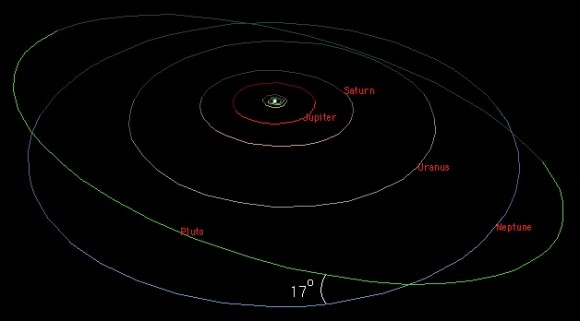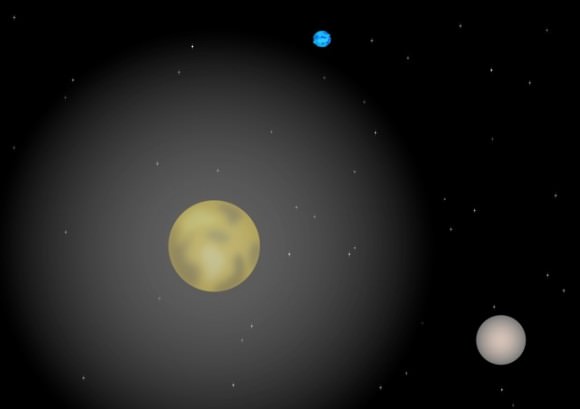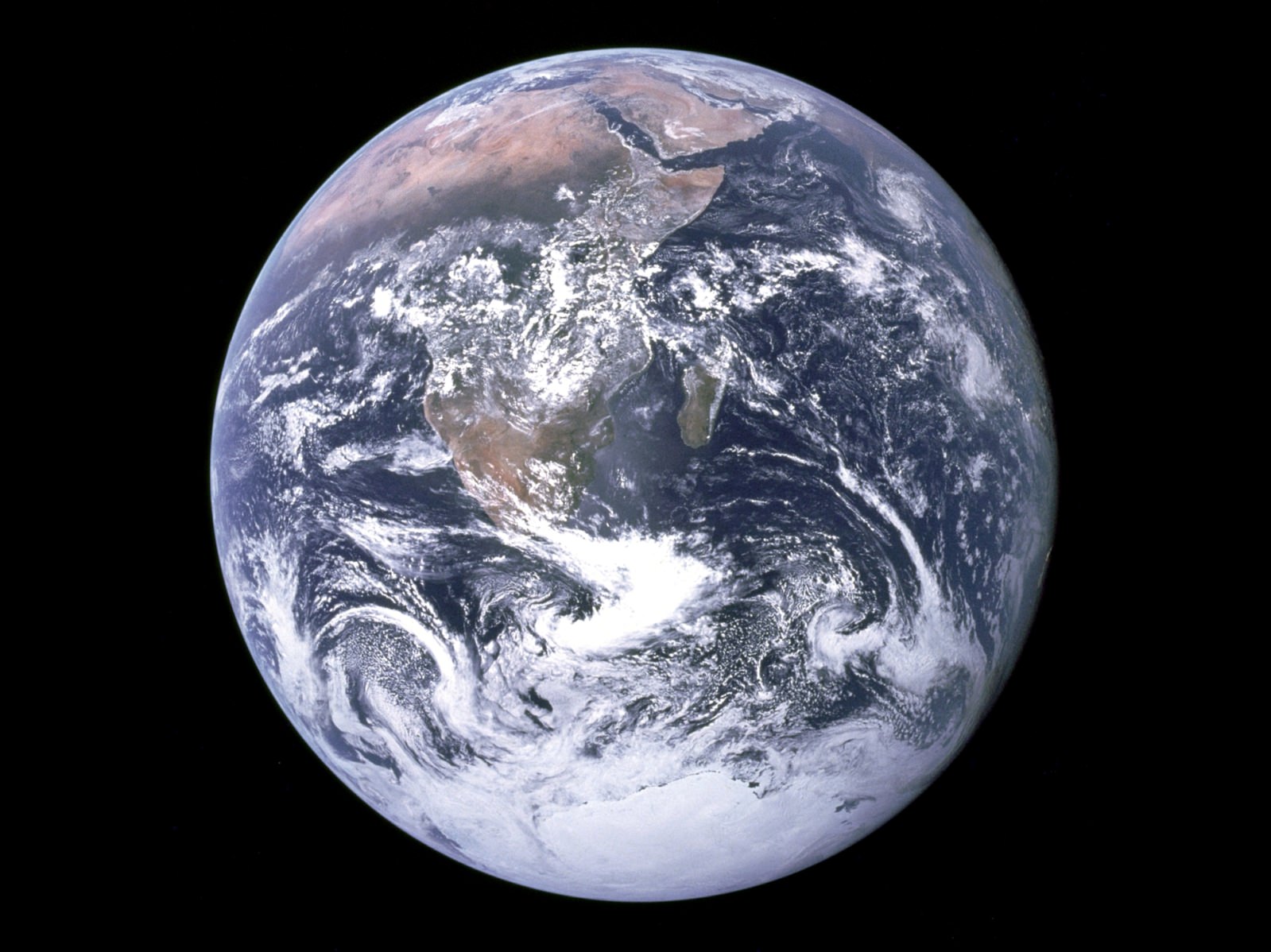[/caption]
Venus, Earth’s hotheaded neighbor, may have more variability in its weather patterns than previously believed. Using infrared data obtained by ground-based telescopes in Hawaii and Arizona researchers have found that Venus’ mesosphere and thermosphere are less consistent in temperature than layers closer to its surface.
But first let’s talk about Venus itself.
Possibly the most inhospitable of planets in our solar system, Venus is the victim of a runaway greenhouse effect. Our neighboring world is a virtual oven… with a rocky surface baked by 800ºF temperatures and crushed beneath the weight of its own incredibly dense atmosphere, standing “sea level” on Venus would be like being 3,300 feet underwater, just in terms of pressure per square inch. And as if the heat and pressure weren’t enough, Venus’ skies are full of clouds made of corrosive sulphuric acid, lit by bolts of lightning and and whipped along by hurricane-force planetwide winds. All Earth-based probes that have ever landed there only lasted moments on the surface before succumbing to Venus’ destructive environment.
Venus is, quite literally, hellish.

Unlike Earth, Venus does not have much of an axial tilt. This means there’s little, if any, seasonal variation on Venus. (Actually it does have a tilt… Venus is rotated almost completely upside-down relative to its poles, and so in effect still has very little axial tilt.) And since its cloud cover is so dense and it lacks a hydrologic cycle to move heat energy around, it pretty much stays at a constant level of “extreme broil” all across Venus’ surface.
Surface weather on Venus, although unpleasant, is consistent.
Yet based on an international team’s new research this is not the case higher up in Venus’ atmosphere. A new look at old data has uncovered changing weather patterns visible in infrared light at about 68 miles (110 kilometers) above the planet’s surface in the cold, clear air above the acid clouds.
“Any variability in the weather on Venus is noteworthy, because the planet has so many features to keep atmospheric conditions the same,” said Dr. Tim Livengood, a researcher with the National Center for Earth and Space Science Education and the University of Maryland, now stationed at NASA’s Goddard Space Flight Center in Greenbelt.
Dr. Theodor Kostiuk of NASA Goddard explains further: “Although the air over the polar regions in these upper atmospheric layers on Venus was colder than the air over the equator in most measurements, occasionally it appeared to be warmer. In Earth’s atmosphere, a circulation pattern called a ‘Hadley cell’ occurs when warm air rises over the equator and flows toward the poles, where it cools and sinks. Since the atmosphere is denser closer to the surface, the descending air gets compressed and warms the upper atmosphere over Earth’s poles. We saw the opposite on Venus.”
Many factors could be contributing to Venus’ upper-atmospheric variabilities, such as interactions between opposing winds blowing around the planet at over 200 mph, giant vortexes that churn around its poles, and possibly even solar activity, like solar storms and coronal mass ejections which may create turbulence in Venus’ upper atmosphere.
“The mesosphere and thermosphere of Venus are dynamically active. Wind patterns resulting from solar heating and east to west zonal winds compete, possibly resulting in altered local temperatures and their variability over time.”
– Lead author Dr. Guido Sonnabend, University of Cologne, Germany
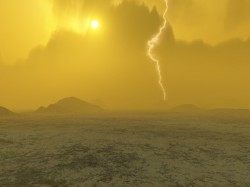
The team also found that the temperatures of Venus’ atmosphere change over time, spanning weeks, months, years… even decades. Temperatures measured in 1990-91 are warmer than in 2009, and equatorial temperatures were even warmer in 2007.
“In addition to all these changes, we saw warmer temperatures than those predicted for this altitude by the leading accepted model,” said Kostiuk. “This tells us that we have lots of work to do updating our upper atmospheric circulation model for Venus.”
Even though Venus is compositionally similar to Earth and has a similar size as well, at some point in its history it lost all of its water to space and became the cloud-covered oven it is today. Studying Venus will help scientists learn how this may have happened and – hopefully! – learn how to prevent the same fate from ever befalling Earth.
The paper, led by Dr. Guido Sonnabend of the University of Cologne, Germany and co-authored by Drs. Livengood and Kostiuk, appeared July 23 in the online edition of the journal Icarus.
Read more on the NASA feature article here.

